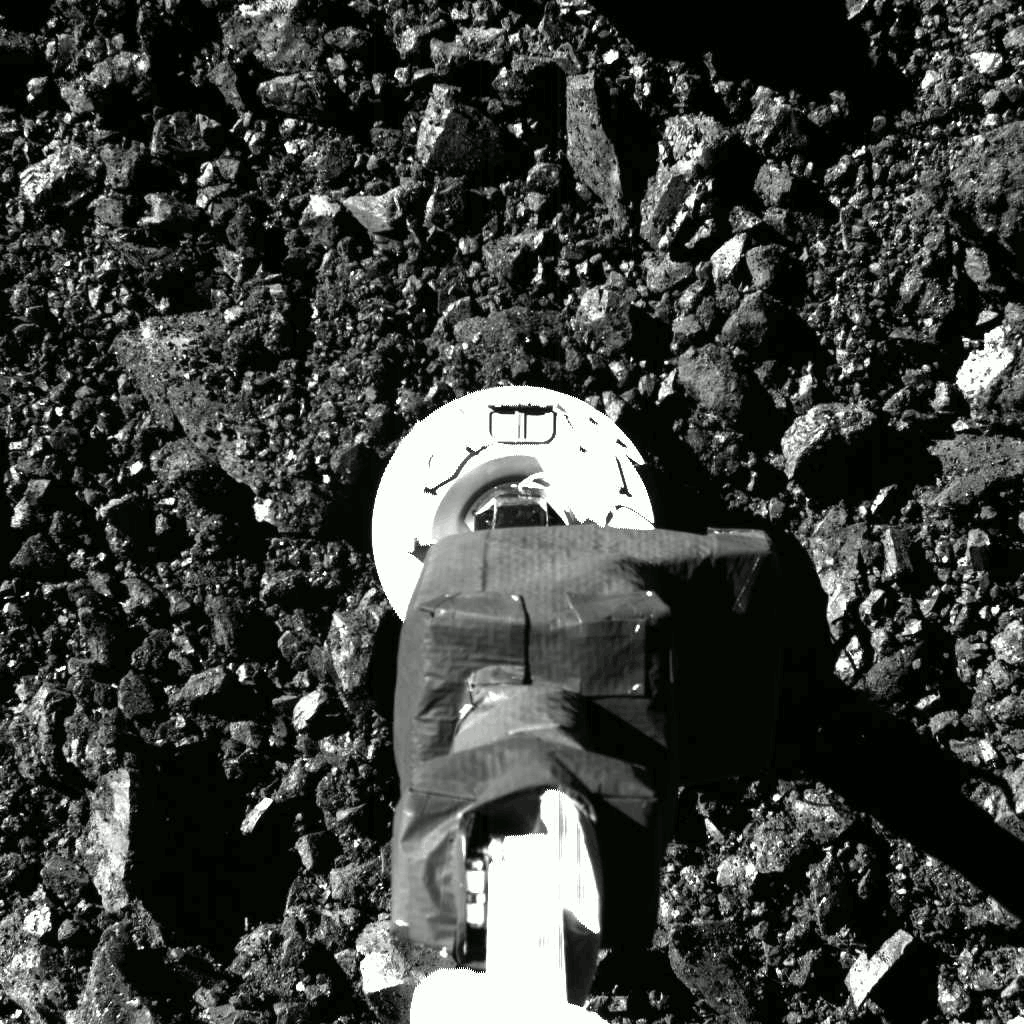Fox News Digital Originals Headlines
Watch the full-length versions of these stories and more at foxnews.com/digital-originals
Black dust and debris were found on the avionics deck of the canister containing the first deep space asteroid sample captured in U.S. history.
NASA scientists made the discovery after the aluminum lid was removed from the OSIRIS-REx mission’s canister, which completed its seven-year-long mission.
"The dust is presumed to be a part of the sample," a spokesperson for NASA's Johnson Space Center told Fox News, adding the scientists plan to conduct a quick-look analysis on it. "This was expected and was always a part of the curation procedures."
After launching in September 2016, OSIRIS-REx observed and collected samples from Bennu, a carbon-rich asteroid, with a long stick vacuum. Some of the sample's contents were lost due to a jammed door after collection. The ship began its journey back to Earth on May 10, 2021.
RECORD-BREAKING ASTRONAUT REVEALS HE WOULD HAVE DECLINED ASSIGNMENT IF HE HAD KNOWN THIS
The capsule traveled about 4 billion miles in total during the $1 billion mission.
"We think objects like Bennu may have made Earth habitable," Dante Lauretta, principal investigator for Osiris-REx and a professor of planetary science and cosmochemistry at the University of Arizona, told The Wall Street Journal. "They might have delivered the ocean water, the molecules that are in our atmosphere, and maybe even the organic materials that triggered the origin of life on our planet."

A view inside the glovebox containing the astroid sample canister and black dust. (NASA/Goddard Space Flight Center)
Bennu is the most "potentially hazardous" asteroid in the solar system, with less than 0.05% chance of impacting Earth in the late 2100s, according to Lauretta.
The sample, carrying about a cup of rubble, touched down in the Utah desert and was delivered to NASA’s Johnson Space Center in Houston on Monday.
VIDEOS CAPTURE FIREBALL METEOR LIGHTING UP COLORADO'S EARLY MORNING SKIES
Japan is the only other country that's retrieved asteroid samples.

Bennu could collide with Earth in the late 2100s. (Reuters)
Curation experts will perform an intricate disassembly of the Touch and Go Sample Acquisition Mechanism (TAGSAM) to access the sample inside at the new laboratory designed specifically for the OSIRIS-REx mission, according to NASA.
"When the TAGSAM is separated from the canister, it will be inserted in a sealed transfer container to preserve a nitrogen environment for up to about two hours," NASA wrote.

The OSIRIS-REx mission's "touch-and-go" sample from the surface of Bennu in 2020. (NASA/Goddard/University of Arizona)
The transfer canister will buy time for the TAGSAM to be placed into a "glovebox," which allows scientists and engineers to work with the equipment and sample without contamination.
CLICK HERE TO GET THE FOX NEWS APP
"There is a very high level of focus from the team — the sample will be revealed with an amazing amount of precision to accommodate delicate hardware removal so as not to come into contact with the sample inside," NASA wrote.
The sample will be revealed in a livestream on NASA’s website on Oct. 11 at 11 a.m. ET.
Anders Hagstrom contributed to this report.





















